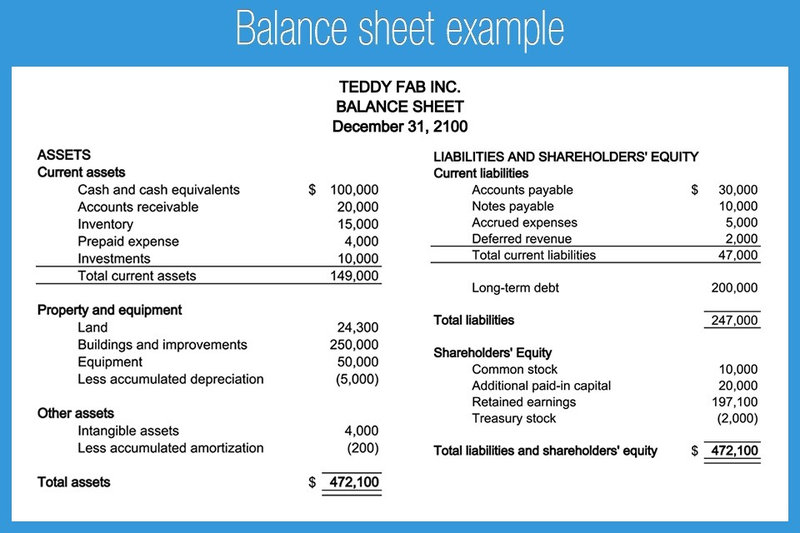Knowing your net working capital (NWC) is an important part of running a business. If you’re not sure what NWC is or how to calculate it, we’ll explain.
Net working capital (NWC) is the difference between your company’s current assets and current liabilities. Net working capital is easily calculated using the following simple formula:
Current assets – Current liabilities = Net working capital
Net working capital gives you and your investors good insight into the financial health of your business. One of the easiest accounting formulas to calculate, even novice accountants will be comfortable calculating NWC.
Overview: What is Net Working Capital (NWC)?
Net working capital, or NWC, is the difference between your company’s current assets and its current liabilities. To understand the impact and importance of NWC, you must first understand the following accounting terms:
- Current assets: Current assets are considered short-term assets because they can be quickly converted into cash. Current assets include cash such as your savings and checking accounts, accounts receivable, cash equivalents such as short-term investments and money market funds, inventory, and all expenses paid for advance. Although equipment, buildings, and land are assets, they are not current assets because they cannot be quickly converted into cash.
- Current liabilities: Current liabilities are short-term obligations such as accounts payable, notes payable and deferred revenue. Credit cards and short-term loans are also considered current liabilities because they are due in one year or less. Although home loans and mortgages are considered long-term liabilities, the portion due within one year will generally be included in current liabilities.

The balance sheet displays current assets and current liabilities used to calculate NWC. Image source: author
How to calculate net working capital?
If you use accounting software, your current asset and liability totals can be taken directly from your balance sheet. If you manually record accounting transactions, you will need to add the appropriate account balances to your general ledger to get the current totals of assets and current liabilities.
There are only three steps needed to calculate net working capital:
- Calculate current assets: Using the sample balance sheet above, you will find current assets included in the business assets section along with cash, cash equivalents, accounts receivable, inventory and short-term investments, all considered as current assets. Based on balance sheet totals, current assets total $149,000.
- Calculate current liabilities: Current liabilities are located on the balance sheet under the heading social liabilities and shareholders’ equity. Current liabilities include accounts payable, notes payable, accrued liabilities and deferred revenue. Payroll taxes and sales taxes payable would also be included in current liabilities. Based on balance sheet totals, current liabilities total $47,000.
- Calculate NWC: Now that you have your current asset and liability balances, you are ready to calculate net working capital:
$149,000 – $47,000 = $102,000
The results indicate that your business has $102,000 to meet your short-term financial obligations.
Why is net working capital important?
As a business owner, you want to be sure your business has enough money to cover short-term expenses like rent and payroll. Knowing your NWC can also reassure you that in the event of a disaster, you have enough short-term assets to use in an emergency.
Additionally, knowing your NWC can give you the confidence to invest in additional revenue-generating opportunities, while using your NWC can also be helpful when creating financial projections.
Another reason to regularly calculate net working capital is to look at trends over time. Has your NWC increased over the past year or is it trending downward? Knowing your NWC trends makes it easier to make informed trading and investing decisions.
An upward trend indicates that your business is operating efficiently and is able to meet its current financial obligations, while a downward trend may signal an internal operating problem that needs to be addressed.
What is a good net working capital ratio?
While calculating your net working capital is important, understanding the calculated results is even more important. So how do you know what good net working capital is?
Generally speaking, any positive NWC indicates that your business is operating efficiently and is able to cover immediate financial obligations as well as invest in business growth.
If your NWC is zero, it means you are only able to meet your current financial obligations, but you may struggle to meet other short-term obligations in the future. A negative NWC can be alarming and usually indicates that you will need to raise additional funds or borrow money for the business to survive.
If you don’t know what a good NWC is for your business, be sure to benchmark your results against similar businesses in your industry. For example, if you own a computer repair business, be sure to only compare your NWC results to those of other computer repair businesses.
How to increase your business’ net working capital
While decreasing accounts receivable by collecting payments sooner can help with cash flow, it won’t have a direct impact on your NWC, as total accounts receivable is included in your current asset calculation. However, there are a few things you can do to increase your net working capital, including:
- Sell long-lived assets: If you have long term assets that are not currently being used, you may want to consider selling them for cash. This will give your NWC an immediate boost by increasing your current assets.
- Refinance short-term debt: If you refinance your short-term debt as long-term debt, it will no longer be considered a current liability and will be removed from your NWC since it is not due in less than a year.
- Better manage inventory: Although inventory is considered a current asset, it is worth more when sold than it is in a warehouse. Finding ways to increase sales or better manage your inventory levels to avoid overstocked products can have a direct impact on your net working capital.
Knowing your net working capital is important
As a business owner, you know there are tons of accounting ratios you can calculate, but one of the most useful (and easiest) for you or your accountant to use is the fund formula. net bearing.
If you can create a balance sheet, you can calculate your net working capital. Don’t wait to be surprised; calculate this number regularly.












